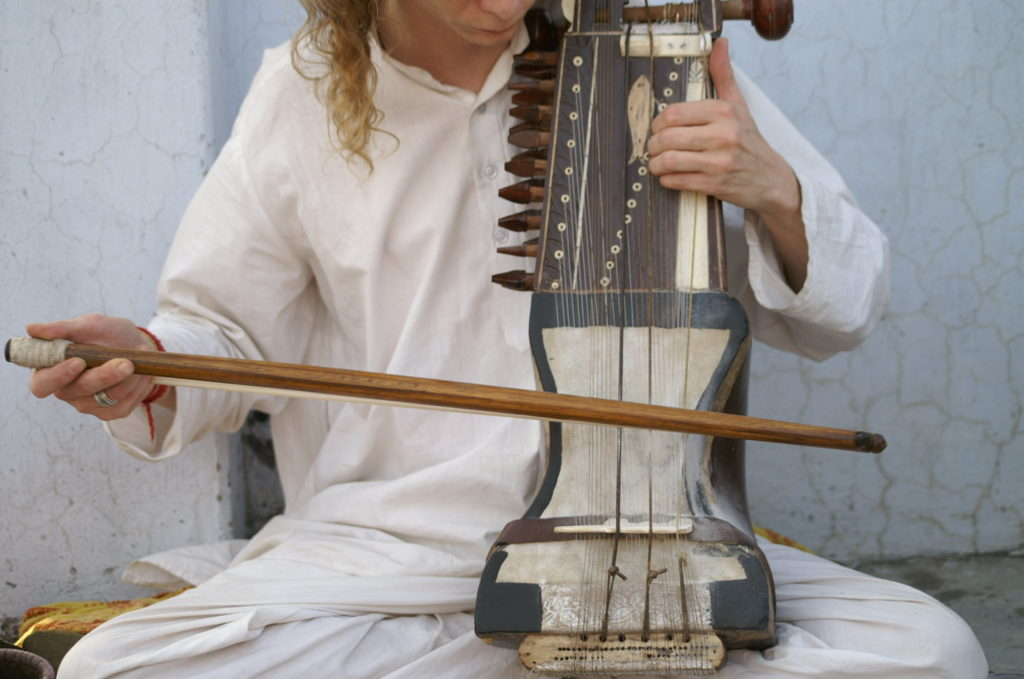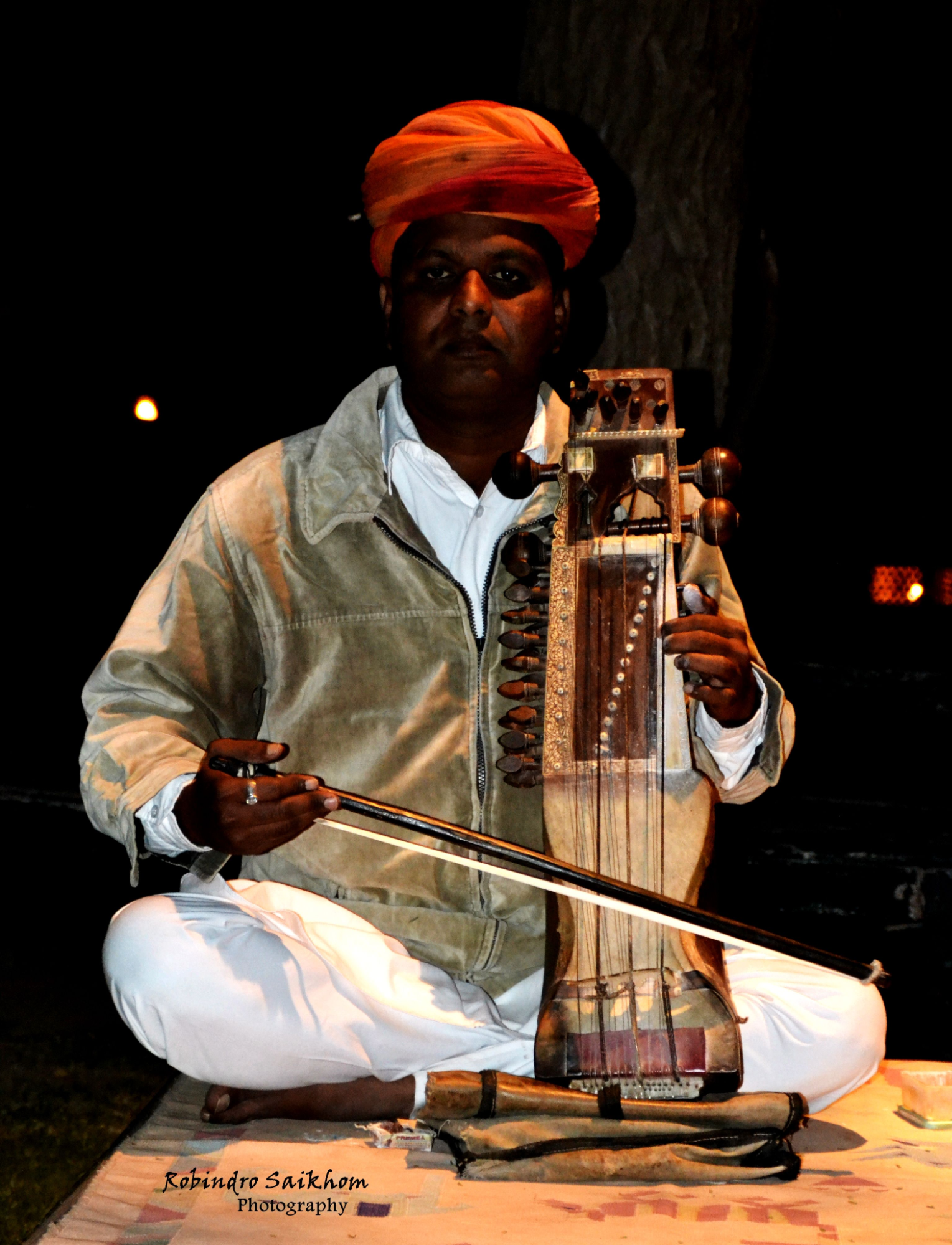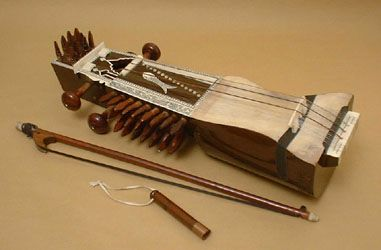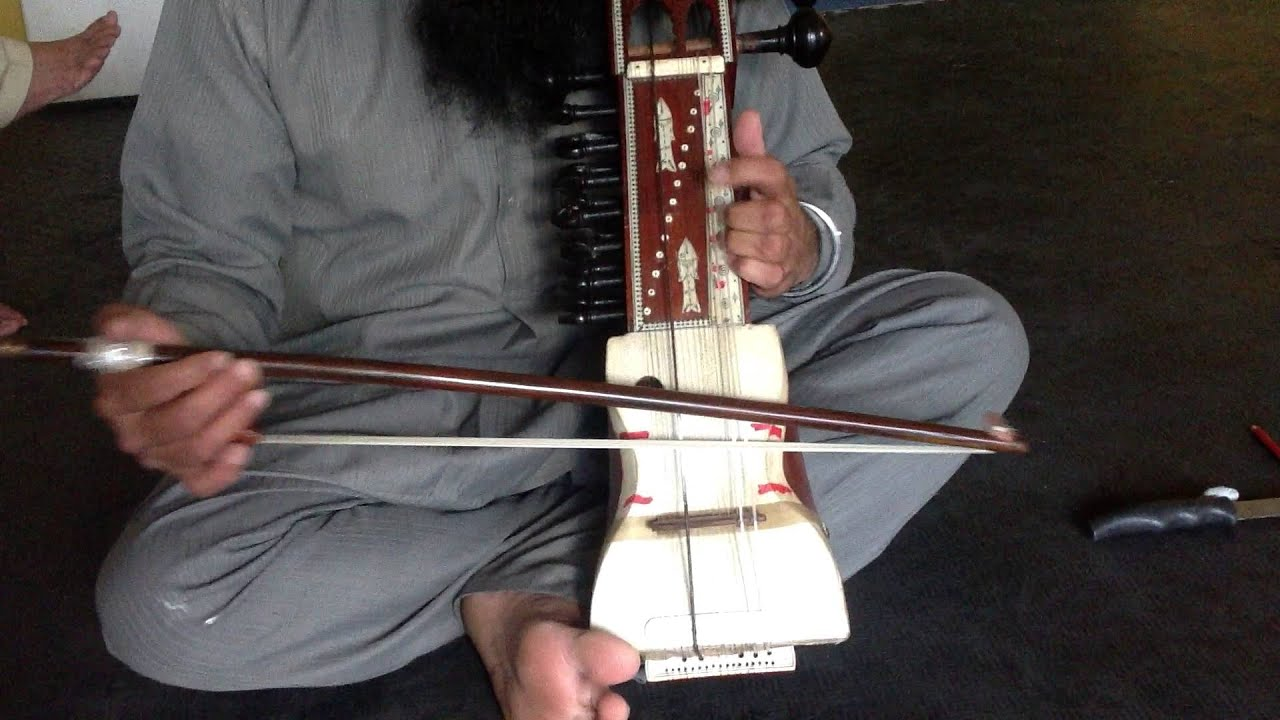Imagine an instrument that has been part of Indian music for ages – that is the Sarangi for you! Sarangi might sound new to some, but it is essential to know that it is a piece of history. The story of this instrument is deeply rooted in the rich past of India, making it a fascinating subject for anyone interested in music. So, if you want to learn about the instrument, here is all you can get to know.
The Sarangi is not just any instrument. It has a unique sound, often compared to the human voice, that can express a whole range of emotions. From the royal courts to the streets of rural India, it has been a favourite for generations.
The name 'Sarangi' itself suggests its ability to play 'a hundred colours' of tunes.
When you dive into the history of Sarangi instrument, you are taking a trip back in time. This journey is not just about learning how it is made or played. It is about understanding how the Sarangi became such an important part of the musical tradition of India.
Its story is not just about the notes it plays. It is about the people who have played it, the places it has been, and the emotions it stirred. Getting to know the Sarangi is like exploring a rich musical legacy that has been passed down through the years.

What is Sarangi?

The Sarangi is a special kind of musical instrument from India. It is made mostly from wood and has a box-like shape. It has three or four main strings and many other smaller strings.
People think the Sarangi was first made a long time ago, maybe hundreds of years back. It is one of the oldest instruments used in Indian music. The way it looks today is a bit different from how it was in the beginning. It changed slowly over time.
The Sarangi can make many different sounds, from happy to sad. This makes Indian music really special, both in classical (traditional) music and in folk (music from different parts of India) music.
History of Sarangi Instrument
The Sarangi is a type of string instrument that you play with a bow. It is from the Indian subcontinent, which includes countries like India and Pakistan. This instrument is really important in different kinds of folk music in India. It is used a lot in Punjabi Folk Music, Rajasthani Folk Music, and also in the folk music of the Boro people.
Sarangi became more popular around the 19th century. This was a time when a style of music called Thumri started to get really popular. Before this, there was another kind of music called Dhrupad that people listened to a lot, but it started to become less popular. At the same time, another music style known as Khayal was mostly heard in the courts of kings and princes.
So, during this time, as people started liking Thumri more, the Sarangi also got more attention. It was used to add beautiful tunes to Thumri music, which is known for being expressive and kind of romantic. It has the ability to sound perfect for any kind of music. That is why, in the 19th century, the Sarangi became a really important instrument in Indian music.

Details About Sarangi Instrument and How it Works

The Sarangi is one of the known musical instruments in India. It has a unique sound, which makes it popular. Here are the details about sarangi instrument.
Design and Structure
The Sarangi's body is carved from a single piece of wood, typically cedar, and is box-shaped. The hollow design is crucial for its acoustics. The lower half of the body is covered with animal skin, often goat, which helps produce a distinctive sound.
There are usually three or four main strings, made of gut or metal, played with the bow. Additionally, there are numerous sympathetic strings (as many as 35 to 40), typically made of steel or brass, which resonate alongside the main strings. The bow is unique, often heavier than Western string instrument bows, and the horsehair is loosely strung to create the right tension.
How does Sarangi Work?
The Sarangi is played sitting down, with the instrument held vertically. The bow is used on the main strings, while the fingernail or cuticle edges of the left hand fingers press the strings. These strings resonate sympathetically with the main strings, creating a complex, reverberating sound that characterises the Sarangi.
The Sarangi is capable of expressing a wide range of emotions, from joy to sorrow. It is a staple in Indian classical music, both Hindustani and occasionally in Carnatic concerts, and is also prominent in various regional folk traditions.
Learning to Play
Mastering the Sarangi is considered challenging due to its delicate playing technique and the skill needed to balance the pressure of the bow. Traditionally, learning the Sarangi involves rigorous training under the guidance of a master, focusing on the nuances of classical ragas and its capabilities.
Cultural Significance
Historically, the Sarangi was associated with the courtesan culture and religious singing groups. Its popularity in classical music rose in the 19th century. Today, the Sarangi is celebrated in classical performances and has been adapted in fusion and contemporary music. Its rich history, complex design, and profound musical capabilities make it a fascinating and revered instrument in Indian music. It is not just an instrument but a legacy of cultural and musical richness.
Facts About Sarangi Instrument

The Sarangi, a profound string instrument from India, is renowned for its emotive sound that deeply resonates with listeners. Here are some interesting facts about Sarangi instrument:
- The Sarangi is often said to resemble the human voice more closely than any other instrument. Its ability to mimic human vocal inflections makes it unique.
- While it typically has three or four main playing strings, the Sarangi also features up to 40 sympathetic strings, adding to its rich, complex sound.
- Each Sarangi is a work of art, traditionally hand-carved from a single block of wood, often cedar, and covered with goat skin on the resonating chamber.
- Unlike many stringed instruments, its strings are not pressed down onto a fingerboard; instead, they are stopped with the fingernails or cuticles.
- In the past, the Sarangi was often associated with royal courts and was a popular instrument among the nobility in India.
- The Sarangi holds a significant place in Indian culture and history, symbolising deep emotional expression and artistic sophistication.
- Apart from classical music, the Sarangi is also used in various regional folk styles and has found a place in contemporary music genres.
- Due to its complex playing technique and sensitivity to touch, the Sarangi is considered one of the most challenging Indian instruments to master.
- The Sarangi has gained international recognition and is used by musicians worldwide in fusion and world music projects.
- Despite a decline in popularity in the face of modern instruments, efforts are ongoing to preserve and promote the Sarangi as an integral part of the musical heritage of the country.
How to Learn Sarangi in 2024?

Learning to play the Sarangi in 2024 offers a variety of avenues, each catering to different learning styles and preferences. Here is how you can start your journey with the Sarangi:
YouTube Tutorials
One of the most accessible ways to start learning Sarangi is through YouTube. There are numerous tutorials available for free, covering basics to more advanced techniques. This self-learning method allows you to learn at your own pace and revisit lessons as needed. However, it lacks personalised feedback, which is crucial for mastering an instrument like the Sarangi.
Private Tutors
For personalised guidance, hiring a private tutor is a great option. Platforms like Superprof have listings of experienced Sarangi teachers who offer one-on-one lessons, either in person or online. A private tutor can tailor lessons to your skill level and musical interests and provide the direct feedback necessary for improvement.
Music Schools
Enrolling in a music school or academy that specialises in Indian classical music can provide a structured learning environment. These schools often offer comprehensive programs that not only teach playing techniques but also delve into the theoretical aspects of Indian classical music, which is integral to playing the Sarangi effectively.
Online Music Courses
Various online platforms offer structured courses in Sarangi. These courses might be paid, but they offer a curriculum-based approach with a combination of video lessons, exercises, and sometimes live interactions with instructors.
Learning the Sarangi requires patience, practice, and passion. Each method has its own benefits, and you might find a combination of these approaches works best for you. Whether through online resources, personal guidance, or formal training, the journey of mastering the Sarangi can be a rewarding musical adventure.















